BeneficialCucumber
Sapling
Hello everyone! I'm new to Bonsai and I need help with my first Pre-Bonsai, I've only been shaping 2 year old trees until now. The tree is a 20cm (about 7.8 inches) 17 year old Juniperus Chinensis.
I know the bonsai styling choices are very personal, so I'd like to ask what the first thing that comes to mind when you see the tree is.
Would you already consider leaving it the size it is and training it for a bonsai pot? My second thought was slip potting it into a larger pot, so as not to disturb the plant too much and encourage some further growth.
There are some issues with the branching that I marked in the pictures: there is a pretty big one growing on the inside of a curve and the branch I would call the main one grows completely vertical. I was planning on wrapping it with raffia and trying a more radical bend.
The foliage is a bit bushy and the tree doesn't have much of a shape as is. Would you consider pruning some of the growth before wiring, and if so, which? It'd be great if you could point that out on the pictures.
My main goal at the moment would be beginning to get a general silhouette for the tree and pads and refining it, so the bonsai pot is not a must at the moment. I am just having trouble defining the shape and taking decisions.
Please excuse my sloppy wiring, it was too thin anyways so I'll have to rewire. I tried to include pictures from every angle. If you need any more specificpictures or further information just ask!
I unfortunately don't have access to any bonsai club or garden nearby.
I know the bonsai styling choices are very personal, so I'd like to ask what the first thing that comes to mind when you see the tree is.
Would you already consider leaving it the size it is and training it for a bonsai pot? My second thought was slip potting it into a larger pot, so as not to disturb the plant too much and encourage some further growth.
There are some issues with the branching that I marked in the pictures: there is a pretty big one growing on the inside of a curve and the branch I would call the main one grows completely vertical. I was planning on wrapping it with raffia and trying a more radical bend.
The foliage is a bit bushy and the tree doesn't have much of a shape as is. Would you consider pruning some of the growth before wiring, and if so, which? It'd be great if you could point that out on the pictures.
My main goal at the moment would be beginning to get a general silhouette for the tree and pads and refining it, so the bonsai pot is not a must at the moment. I am just having trouble defining the shape and taking decisions.
Please excuse my sloppy wiring, it was too thin anyways so I'll have to rewire. I tried to include pictures from every angle. If you need any more specificpictures or further information just ask!
I unfortunately don't have access to any bonsai club or garden nearby.
Attachments
-
 20210301_130303-min.jpg349.5 KB · Views: 58
20210301_130303-min.jpg349.5 KB · Views: 58 -
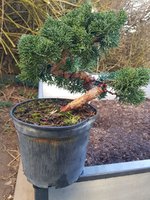 20210302_082900-min.jpg300.7 KB · Views: 57
20210302_082900-min.jpg300.7 KB · Views: 57 -
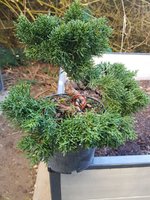 20210302_082915-min.jpg294.9 KB · Views: 57
20210302_082915-min.jpg294.9 KB · Views: 57 -
 20210302_082922-min.jpg287.3 KB · Views: 42
20210302_082922-min.jpg287.3 KB · Views: 42 -
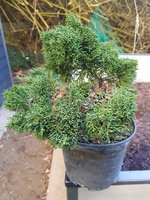 20210302_082926-min.jpg271.6 KB · Views: 42
20210302_082926-min.jpg271.6 KB · Views: 42 -
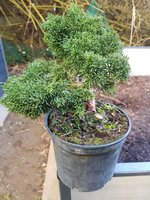 20210302_082931-min.jpg259.5 KB · Views: 46
20210302_082931-min.jpg259.5 KB · Views: 46 -
 20210302_082943-min.jpg289.4 KB · Views: 44
20210302_082943-min.jpg289.4 KB · Views: 44 -
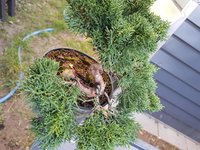 20210302_083003-min.jpg284.9 KB · Views: 46
20210302_083003-min.jpg284.9 KB · Views: 46 -
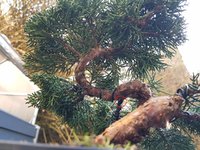 20210302_083016-min.jpg269 KB · Views: 37
20210302_083016-min.jpg269 KB · Views: 37 -
 20210302_083110-min.jpg285.2 KB · Views: 56
20210302_083110-min.jpg285.2 KB · Views: 56
